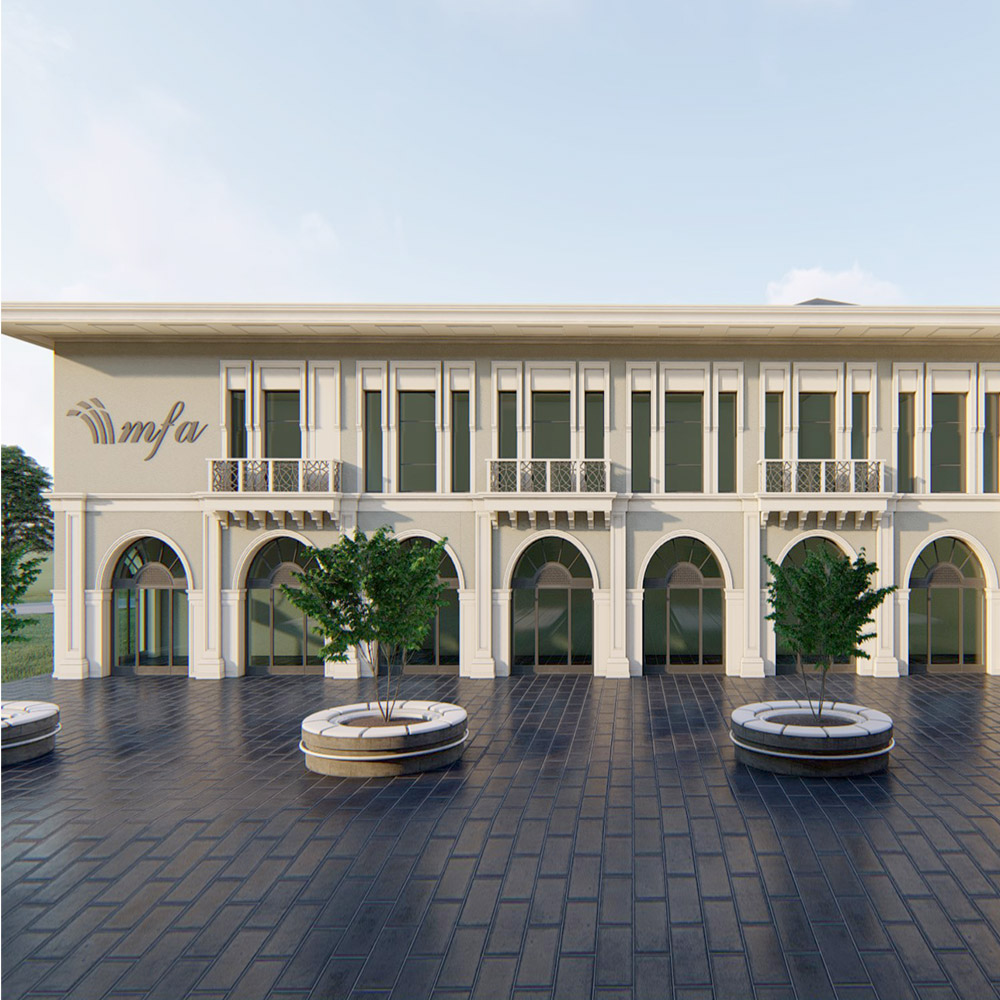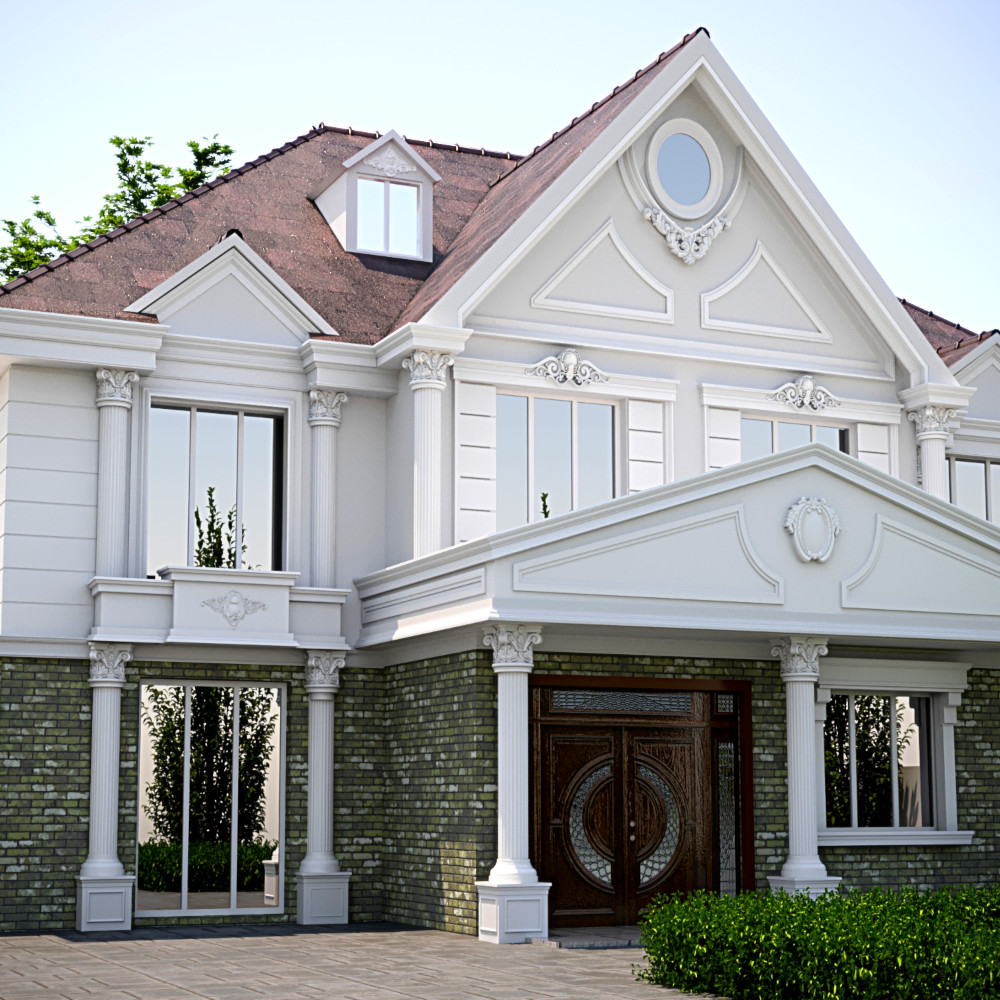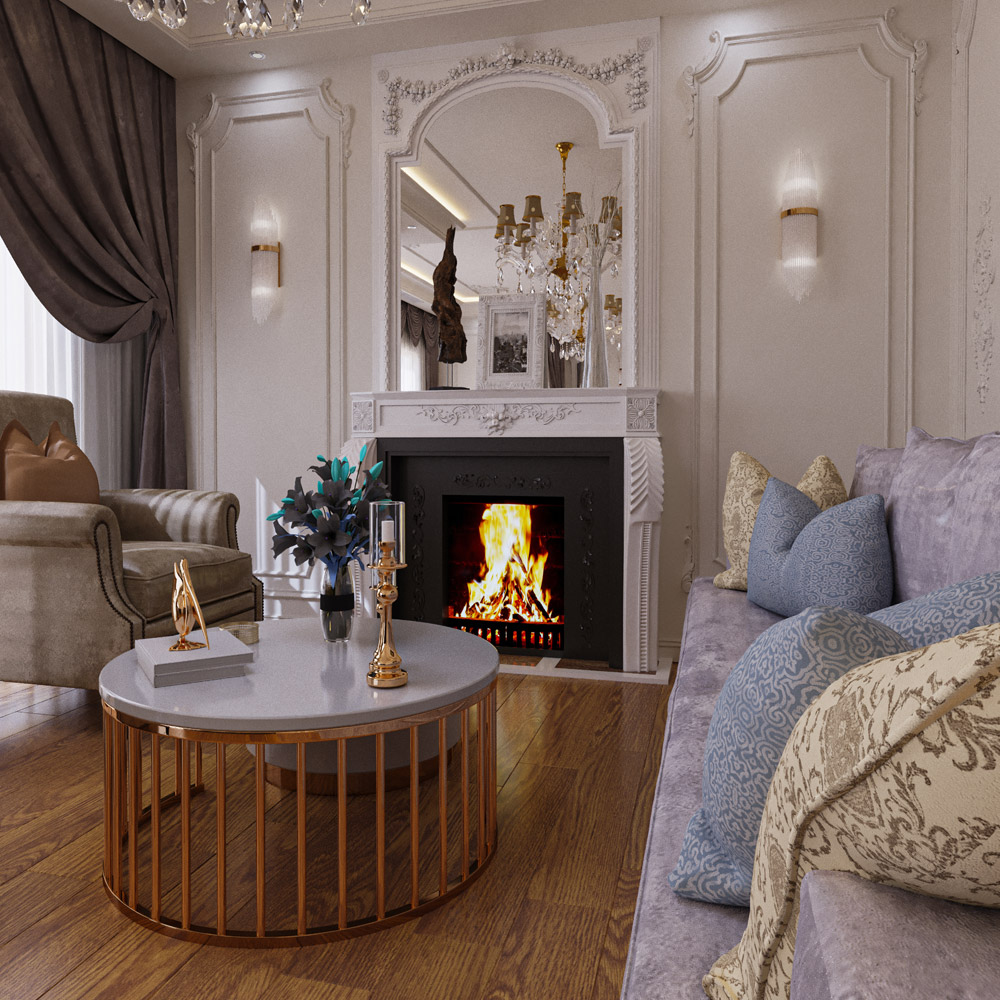Interior Architecture
Interior Architecture
Interior Architecture
Interior architecture is the discipline of designing and organizing spaces based not only on an aesthetic understanding, but also on the principles of functionality, comfort and ease of use. The interior designer considers not only the appearance of a space, but also its usability and user experience.


Space Design
Space design is concerned with the general layout and configuration of interior spaces. Designs are made according to the intended use of the interior space, user needs, aesthetic expectations and local conditions. This process ensures that the space is both functionally and aesthetically harmonious, taking into account factors such as the size of the space, transitions between sections, fluidity and ergonomics. Space design is done in a wide variety of spaces, from homes to offices, restaurants to hotels. The colors, materials, layout of rooms and all the elements used here directly affect the interaction of users with the space.

Furniture and Accessories Design

Lighting Design
Lighting is one of the most critical elements of interior design. Lighting, which affects the general atmosphere, mood and functionality of spaces, should be considered both practically and aesthetically. A good lighting design establishes the balance between natural light and artificial light, ensuring that every area in the space is properly illuminated. Lighting is not only a visual element, but also an important tool that creates the atmosphere in the space. The direction, color, intensity and type of lights are changed according to their intended use in the space. For example, warm white light is preferred for a relaxing atmosphere in a living room, while brighter and cooler tones can be used in an office environment.
Decoration
Decoration is one of the most visible and effective elements that reflect the character of a space. It covers a wide range from color palette to wallpapers, from furniture selection to the use of accessories, determining the style of the interior. Decoration creates a unity in the space with the materials, textures and patterns used. The interior designer customizes the design to suit personal tastes and the purpose of the space. In addition, the right decoration can make the dimensions and shapes of a room more appropriate, making the space appear larger or more intimate. Decoration is not only aesthetic, but also an important factor in setting the mood in a space.

Restoration and Renovation
Restoration is the re-functionalization of buildings with historical or cultural value by preserving their old textures and features. During the restoration process, the interior architect works to provide modern comfort and safety standards without disturbing the original structure. Renovation is the process of making old or unused spaces more contemporary and functional. In this process, aesthetically and structurally degraded areas of the old building are repaired, but modernized with innovative and creative solutions, taking into account historical and cultural values. Both restoration and renovation respect the past while adapting to the needs of the age.









